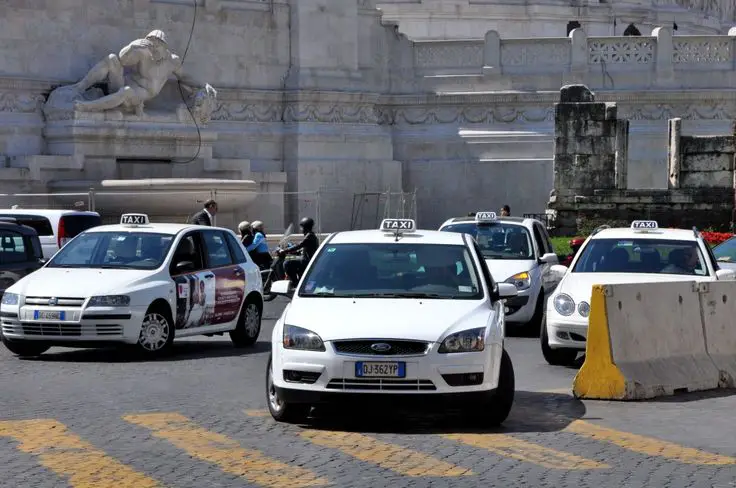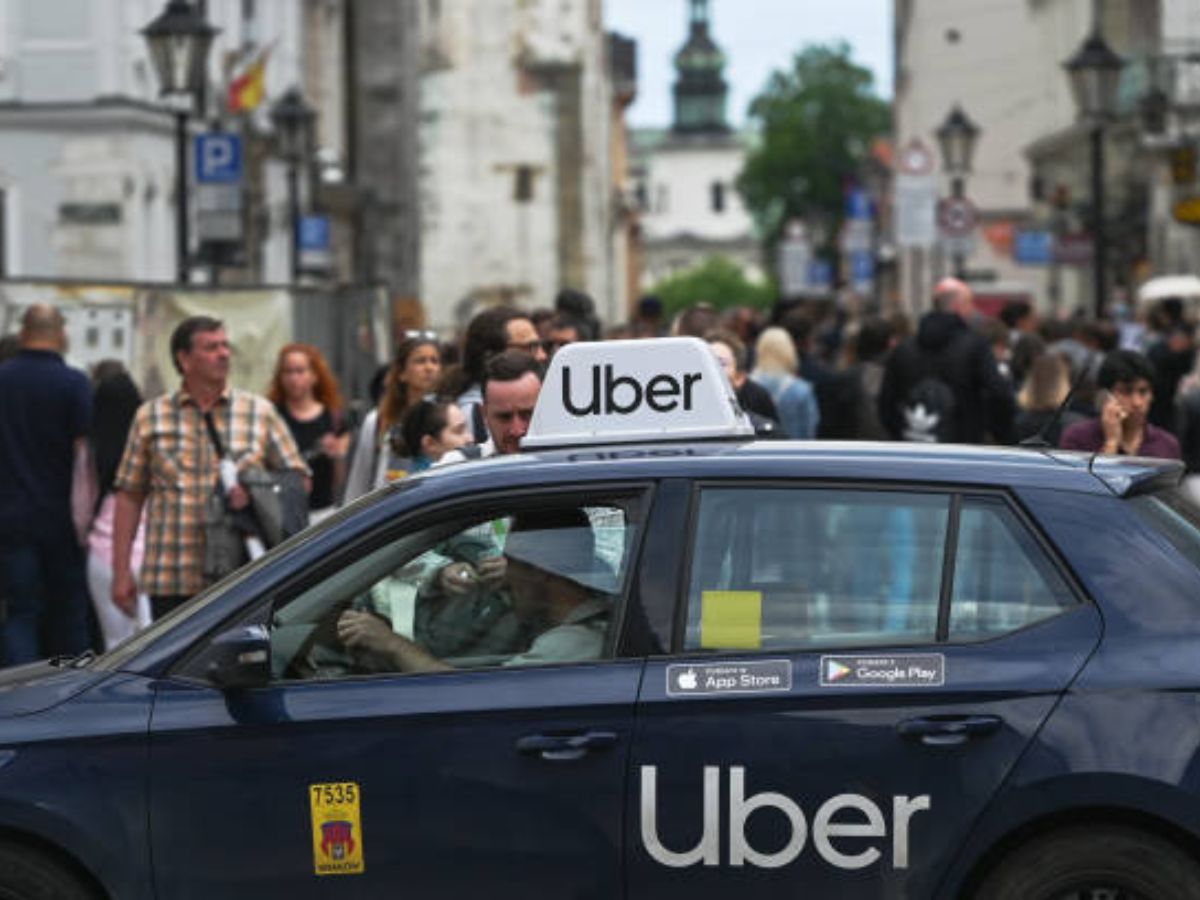Italy, a country known for its rich history, stunning landscapes, and delicious cuisine, attracts millions of visitors each year. As you plan your trip to Italy, understanding the transportation options available is crucial for a smooth and enjoyable travel experience. In this comprehensive guide, we will answer the question, “Does Italy have Uber? From trains to buses, taxis to car rentals, we will provide you with all the information you need to navigate Italy’s transportation system. Let’s dive in and discover the best ways to get around this beautiful country!
Section 1: Overview of Transportation in Italy
1.1 Importance of Transportation in Italy:
Italy’s efficient transportation network is essential for both domestic and international travel. Whether you’re exploring cities, venturing into the countryside, or visiting neighboring countries, understanding the transportation system is crucial.
1.2 Public Transportation Infrastructure:
Italy boasts a well-developed public transportation system, including trains, buses, trams, and metros. These options provide convenient and cost-effective ways to travel within and between cities.
1.3 Renting a Car:
Renting a car in Italy offers flexibility and the opportunity to explore remote areas at your own pace. It is a popular choice for those looking to venture off the beaten path and experience the country’s scenic countryside.
Section 2: Uber and Ride-Hailing Services in Italy
2.1 Uber’s Presence in Italy:
Yes, Italy does have Uber, but its availability is limited compared to other countries. Uber operates in several major cities in Italy, including Rome, Milan, Florence, and Naples. However, it is important to note that the service may have restrictions and operate differently compared to other locations.
2.2 Uber vs. Traditional Taxis:
Uber in Italy competes with traditional taxis, which are widely available throughout the country. Understanding the differences and considering factors such as cost, convenience, and availability can help you make an informed decision.
2.3 Alternative Ride-Hailing Apps:
Apart from Uber, there are alternative ride-hailing apps available in Italy, such as Lyft, MyTaxi, and Taxi.eu. These apps provide additional options for booking rides and may have a broader reach in certain regions.
Section 3: Train Travel in Italy
3.1 The Italian Rail Network:
Italy’s rail network is extensive, efficient, and a popular choice for both domestic and international travel. Trenitalia is the main train operator, offering high-speed trains (Frecciarossa, Frecciargento, and Frecciabianca) and regional trains that connect cities, towns, and tourist destinations.
3.2 High-Speed Trains:
Italy’s high-speed trains, such as the Frecciarossa, provide a quick and comfortable way to travel between major cities. These trains offer amenities like onboard Wi-Fi, spacious seating, and dining options.
3.3 Regional Trains:
Regional trains are a cost-effective option for shorter distances and exploring smaller towns and villages. They provide an opportunity to experience the local culture and scenery at a leisurely pace.
3.4 Train Passes and Tickets:
Italy offers various ticketing options, including individual tickets, multi-ride passes, and rail passes like the Eurail Italy Pass. Understanding ticket types, fare classes, and reservation requirements will help you plan your train travel efficiently.
Section 4: Buses and Coaches in Italy
4.1 Regional and Interurban Buses:
Regional and interurban buses serve as an alternative mode of transportation, connecting cities, towns, and rural areas across Italy. Companies like FlixBus and Marino provide extensive bus networks, offering affordable options for traveling within and between regions.
4.2 Sightseeing Buses:
In major tourist destinations, hop-on hop-off sightseeing buses are a popular choice for exploring city highlights. These buses provide a convenient way to visit popular attractions and offer informative audio commentary.
4.3 Airport Shuttles:
Airport shuttle services operate in Italy, providing transportation between airports and city centers. These services offer a convenient and cost-effective option for travelers arriving or departing from major airports.
Section 5: Taxis and Car Rentals in Italy
5.1 Traditional Taxis:
Traditional taxis are readily available in Italy, particularly in cities and tourist areas. Taxis can be hailed on the street, found at designated taxi stands, or booked through phone apps or hotel concierge services.
5.2 Licensed Private Drivers:
Italy also has licensed private driver services, often referred to as NCC (Noleggio Con Conducente). These services provide professional drivers and comfortable vehicles for personalized transportation.
5.3 Car Rental Services:
Renting a car in Italy is a popular choice, especially for exploring remote areas or countryside destinations. Numerous car rental companies operate in Italy, offering a range of vehicle options and convenient pickup and drop-off locations.
5.4 Driving in Italy:
Before renting a car and driving in Italy, it is essential to familiarize yourself with the country’s traffic regulations, road signage, parking rules, and driving etiquette. Italy’s picturesque countryside and scenic routes make for memorable road trips.
Section 6: Navigating Transportation in Italy
6.1 Planning Your Itinerary:
When navigating transportation in Italy, plan your itinerary in advance, considering the cities and regions you wish to visit. Research transportation options, travel times, and connections to optimize your travel plans.
6.2 Ticketing and Payment:
Understanding ticketing options, fares, and payment methods is essential. Many transportation services offer mobile ticketing apps, allowing you to purchase tickets in advance or on the go.
6.3 Timetables and Schedules:
Familiarize yourself with the schedules and timetables of trains, buses, and other transportation modes. Pay attention to any seasonal changes, variations on weekends or holidays, and potential delays or cancellations.
6.4 Local Customs and Etiquette:
Respect local customs and etiquette when using public transportation or interacting with drivers. Be mindful of seating preferences, queueing systems, and keeping noise levels to a minimum.




